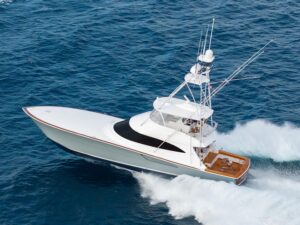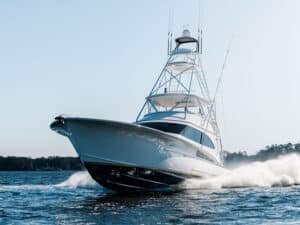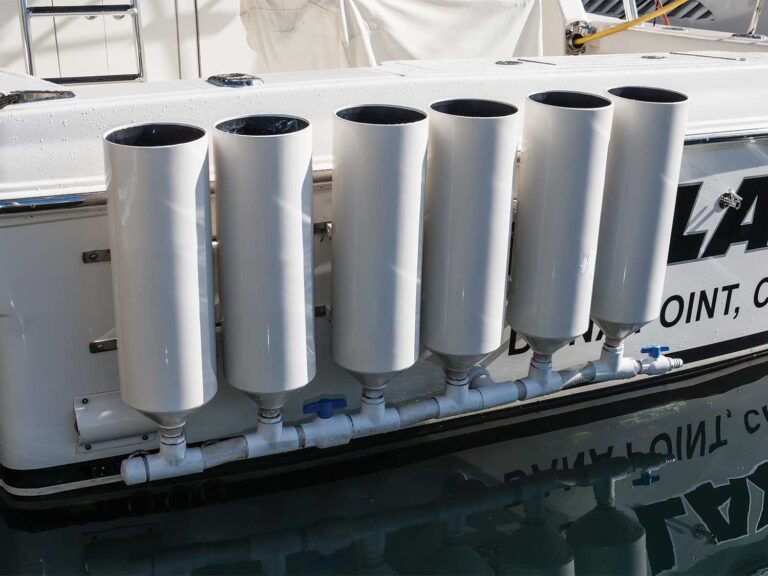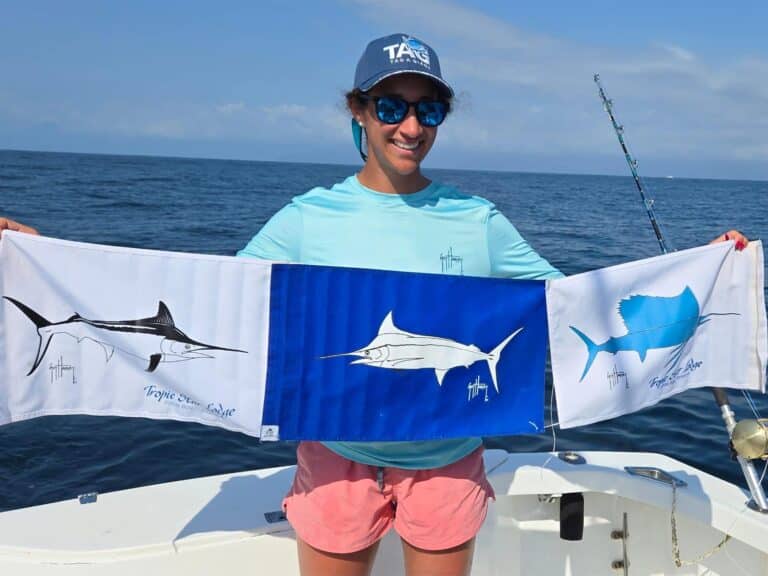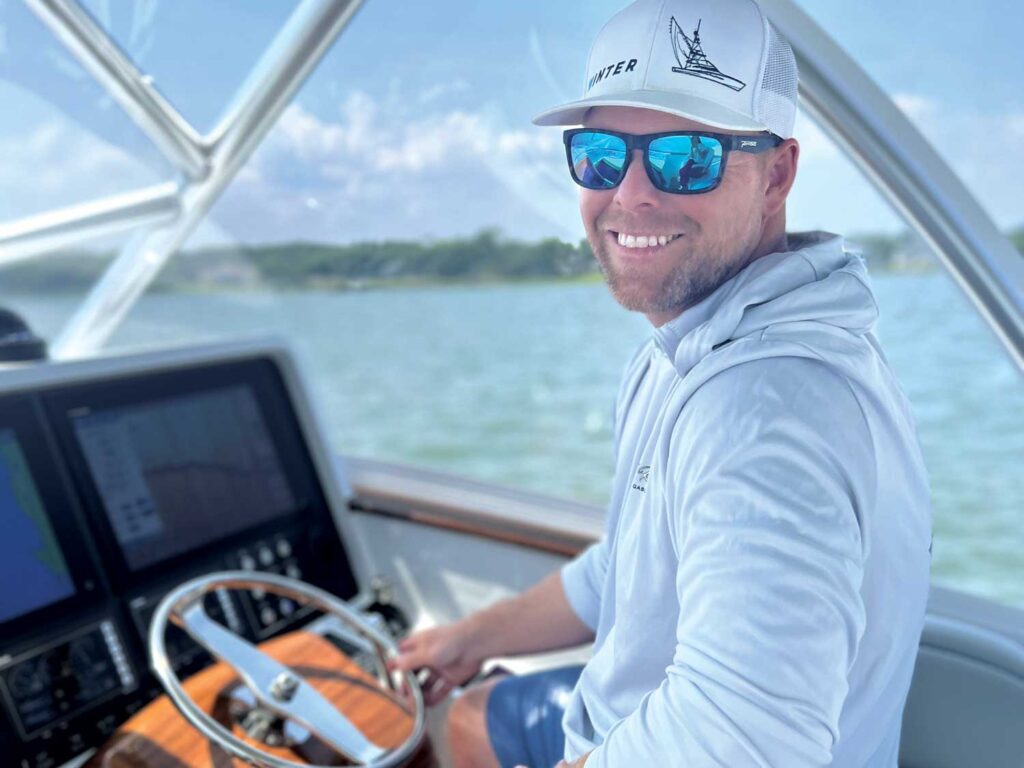
Special delivery: Sign up for the free Marlin email newsletter. Subscribe to Marlin magazine and get a year of highly collectible, keepsake editions – plus access to the digital edition and archives.
A native of eastern North Carolina, Tim Winters wanted to build boats for as long as he can remember, even penciling in “boatbuilder” as his dream job back in kindergarten when other kids wanted to be superheroes or astronauts. He also does not have a family lineage of boatbuilding; instead, he started Winter Custom Yachts while attending North Carolina State University, where he graduated with a degree in mechanical engineering. And yet his company quietly turns 20 this year, where it continues to build a unique variety of custom boats from a tiny coastal community just outside Swansboro, North Carolina.
Q: What made you want to be a boatbuilder?
A: I grew up on the water, and I loved everything about boats as a kid. Fishing was secondary. For me, it was more about the creativity and the engineering side. I had a neighbor who was a naval architect at Hatteras Yachts for many years, but I knew that I wanted to be more than just a yacht designer.
Q: Where do you stand these days from a business perspective?
A: I feel like we’re in a good spot. We just started Hull No. 40, which will be a 72-footer—which is hard for me to believe sometimes—and we have a backlog of about three-and-a-half to four years. The service yard is busy, the new construction is busy, and we’re just getting ready to start a new business called Winter Yachts, which will be a line of molded boats. We’re building a sport coupe that will be a 50-knot boat, and Hull No. 37 is a 46-foot walkaround, our third one, which will spend time in Mag Bay as part of a mothership operation. Hull No. 38 is a 66-foot convertible, more of a conventional boat that will be based in Puerto Rico, and Hull No. 39 is a 50-foot outboard. We build a wide variety in wood, composite and molded construction.
Q: What makes a Winter Custom Yacht different from the rest?
A: I think that each custom builder has their own little touches, but for us I’d say it’s the belly line of the transom and the overall lines of the bridge and hull. Our window lines have bounced around a little over the years, but we’ve settled on a more consistent look with our last five convertibles. And our interiors also set us apart—we were one of the first doing quarter-sawn horizontal grain walnut, moving away from the more-traditional vertical teak. I feel like we want to be different with the interiors, using glass and leather and different textures in the boat.
Q: Any favorites?
A: Hull No. 15 was a walkaround with a single diesel engine—that boat just came out great and will always be a favorite—but the one that really stands out for me is our last 63-footer, Boujie. With that one, we had open-minded owners who challenged us as a builder to do something completely different, and that’s why it’s a favorite of mine. I really enjoyed the challenge of creating and executing that design. That boat checks all the boxes.
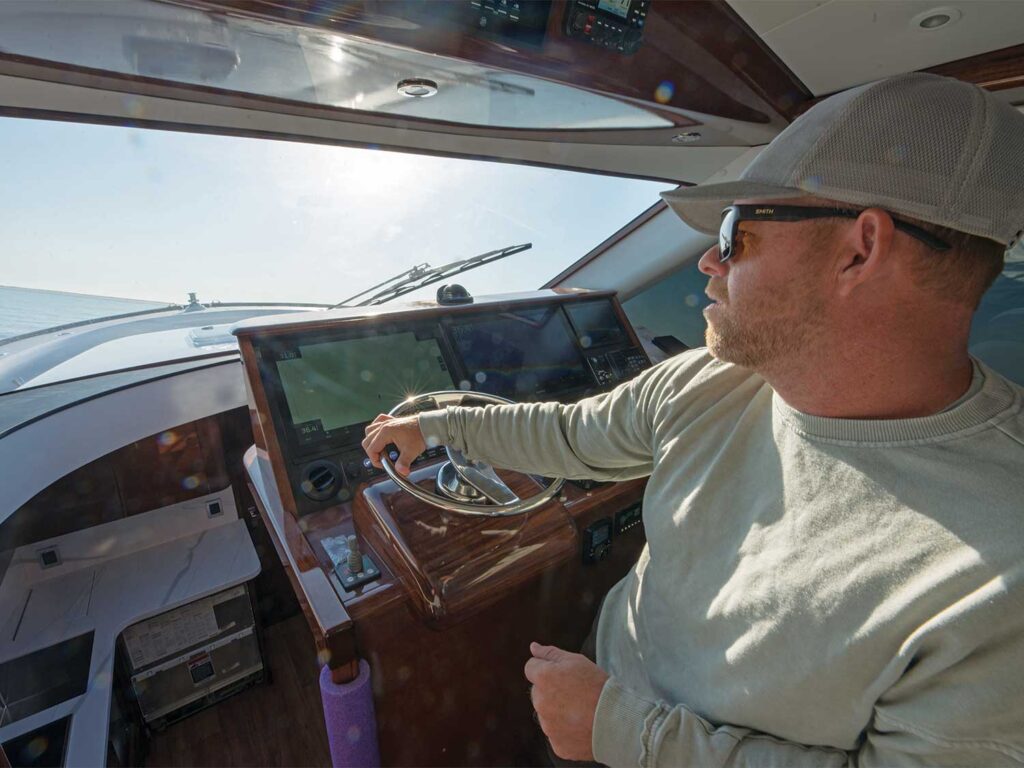
Q: What are some of the challenges you face these days?
A: Labor will always be an issue. We rely so heavily on trained craftsmen and woodworkers, but they’re getting harder to find. We just invested in our second CNC machine and are building a third one to try to make their lives easier—if we can cut it on the CNC rather than by hand, we’ll do it. Raw materials are also a challenge, but really, it’s the clients and managing their expectations. These are very successful people, but sometimes they don’t always understand how difficult it is to build a custom boat. We don’t use subcontractors, so when we have eight different trades working on a project under one roof, we need to make sure that we’re all speaking the same language and that we’re doing a good job making sure that we deliver more than what the customer expects from us. And we do that with every boat we build.
Read Next: Learn more about the craftsmen behind these amazing custom vessels here.
Q: What are some of the technological advances you’re incorporating into your boats?
A: Wake-adapted running gear is one. All of our new boats will use it, and the older builds that are coming back for repowers will have it as well. It’s smoother, with less noise, no rudder blowout, and we’ve reduced prop burn to virtually nothing. Seakeepers are here to stay, and so is sonar. Higher-horsepower engines are always nice, having 2,200 hp in a V-12 that’s lighter and with a smaller footprint. The new 600 hp outboards are incredible too. A lot of people say that you can’t fish from an outboard, but there are a lot of people who want that power option and are comfortable with outboards. We’re building a 50-footer with quad 600s and a 55 walkaround with five 600s. We’re also building a sport coupe that’s focused on speed—that boat will have the new Caterpillar C32B engines with V-drives, which is something we’ve never done before. Getting the weight moved aft is a big deal for the performance aspect, so I’m looking forward to that project.
Q: What are your favorite fishing destinations?
A: Bermuda is always a special place in my mind. Every time you fish there, you have a chance to catch a grander. And it’s just such an amazing place with great people. Tropic Star Lodge in Panama is incredible, and it’s always hard to beat Costa Rica, again for the fishing and the people. I’m going to Mag Bay for the first time in October, though, so that might change my mind.
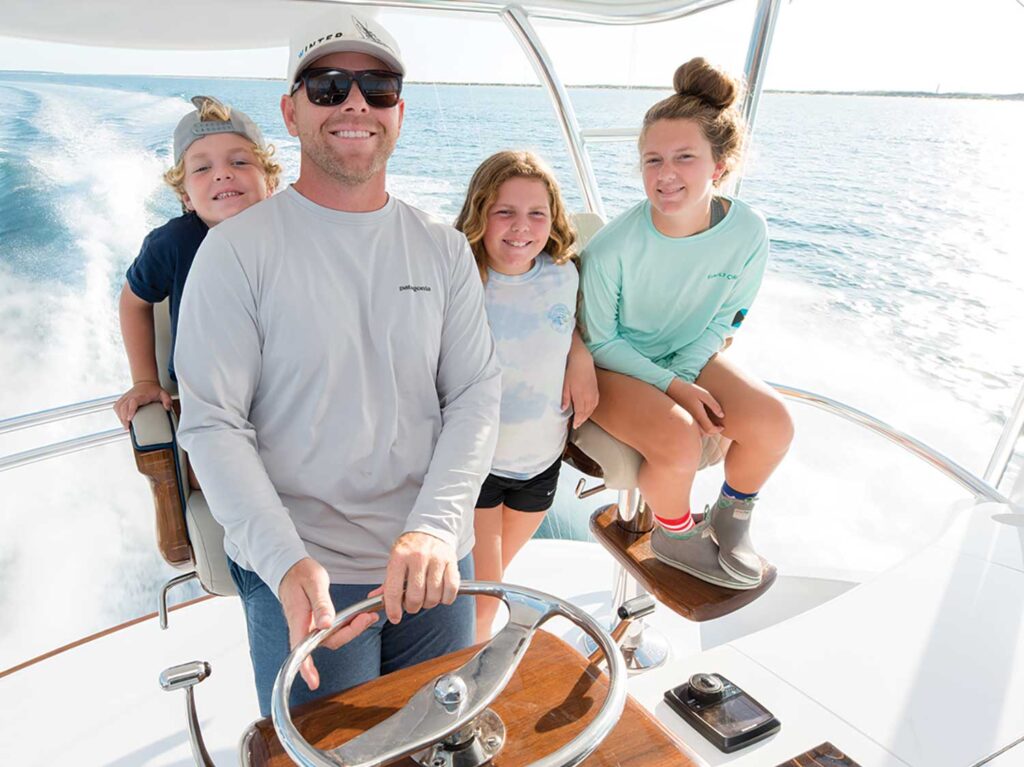
Q: Any hobbies?
A: I have three kids who keep me busy, between motocross, baseball and softball. And I don’t get to fish as much as I’d like to, but other than that, I just work.
Q: What does the future look like for custom boats and boatbuilding?
A:I really feel that speed and efficiency will be the keys, along with the evolution of hybrid power. Just this week, I’ve had two emails [from potential clients] asking about hybrids. That technology isn’t ready yet, but at some point, it will be something to look at as an industry. And the interiors, I believe, will move toward more integration and automation with the systems, as those become more capable—more along the lines of what you’re seeing today in the high-end automotive industry. It’s about offering a unique experience for the owners and exceeding their expectations of what a boat can do.
